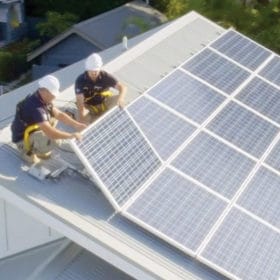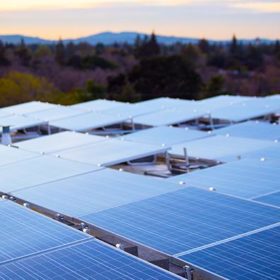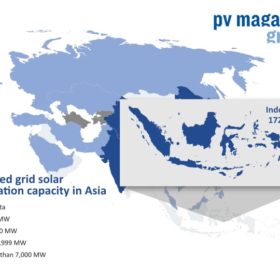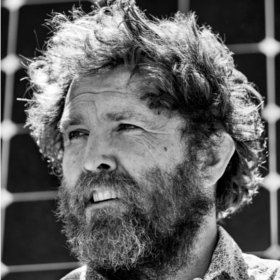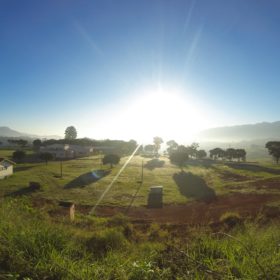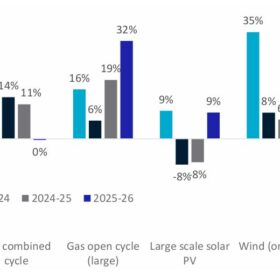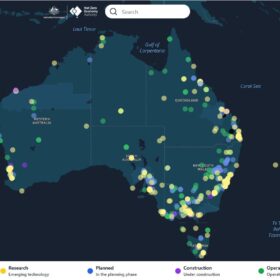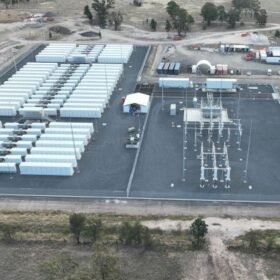Momentous victory as AGL shareholders vote for resolution to adopt Paris-aligned targets
In reportedly the largest ever contested resolution in Australian corporate history, 55% of AGL shareholders have this afternoon voted for the company to adopt Paris-aligned climate targets in both of its demerged businesses.
Hydrogen hub
The federal government has announced it will extend its prospective national network of clean hydrogen hubs to each of Australia’s states. The move was welcomed by a number of industry bodies, though some say the program doesn’t go far enough with government spending still lagging our European counterparts.
Regulator recommends changes for Australia’s rooftop solar sector
The Clean Energy Regulator has recommended major reforms for Australia’s rooftop solar PV industry, including that it be solely responsible for the enforcement of regulations in relation to accredited installers, retailers and component manufacturers.
Price increases hit US solar
Price increases, supply chain disruptions, and a series of trade risks are threatening the U.S.’s ability to decarbonise the grid, warned SEIA president and CEO Abigail Ross Hopper.
Australia branded a laggard as new report reveals China holds key to cancelling global coal projects
With pressure mounting on the world’s governments to turn their back on the fossil fuel, China and peers in South East Asia, Europe and South Asia could help deliver a coal-free future at the COP26 climate summit planned in Glasgow in November.
Regional strategy to turbocharge Indonesian solar
A roadmap to rapid carbon emission reduction has suggested the nation add 2.4 GW of generation capacity next year as part of a 15 GW new-solar target this decade. The claims of solar-plus-storage should be ignored for now, according to a new policy document, because batteries will make PV less competitive with coal.
Sunday read: looming impacts of international trade disputes on polysilicon
Polysilicon capacity is unable to catch up with rapid capacity expansion in the mid and downstream segments, writes Corrine Lin, chief analyst for PV InfoLink. New polysilicon capacity requires big capex investment and a lead time of more than two years to complete construction and reach full operation. With unbalanced capacity between the upstream and downstream segments, polysilicon prices have been rising since the second half of 2020, with prices for mono-grade polysilicon surpassing CNY 200/kg (US$27.40) in June 2021, up more than 250% year on year.
Saturday read: Stage set for truce in Australia’s climate culture war
The highly polarised debate regarding renewable energy and action on climate change that has too long been a feature of the Australian political landscape could change, and change quickly, says Saul Griffith. The entrepreneur, scientist, and energy analyst is adding author to his job description next month with the release of his book “Electrify”, and he’s betting on a rapid transformation of the discussion within Australia as the advantages of “electrifying everything” become clear.
ARENA switches focus with new investment plan revealed
The Australian Renewable Energy Agency has responded to the federal government’s decision to expand its mandate to include ‘low-emission technologies’, unveiling a new investment plan that provides for the financing of a broader range of technologies including some using fossil fuels.
4.9 MW Ramahyuck Solar Farm set to be first wholly owned and operated by an Aboriginal Corporation
The Ramahyuck District Aboriginal Corporation has won over $1 million in funding from the Victorian Government for the development of a 4.9 MW solar farm, as well as several other community arrays. This is a win for Indigenous self-determination and a proven long-term income and employment stream which will help to “enable a healthy, strong and vibrant Aboriginal community”.


